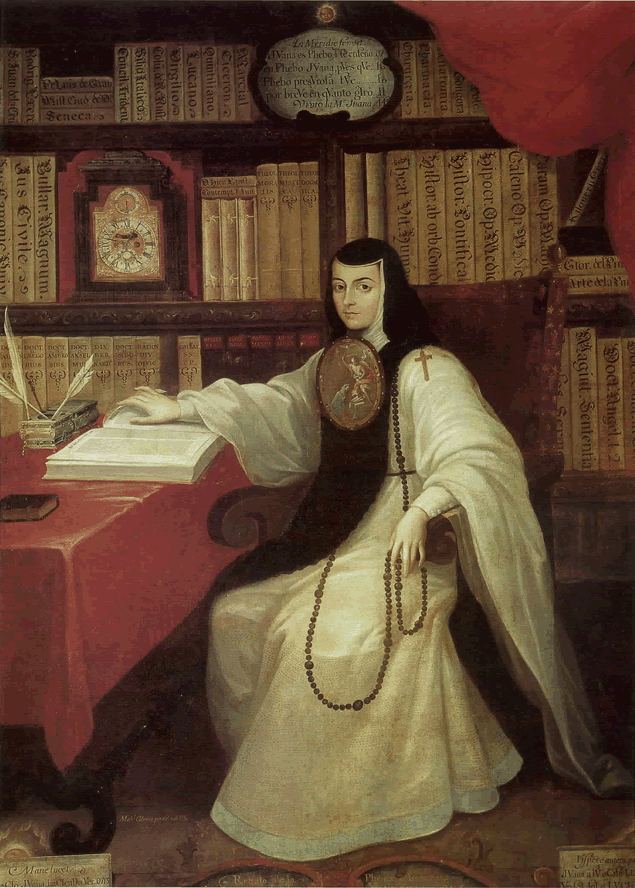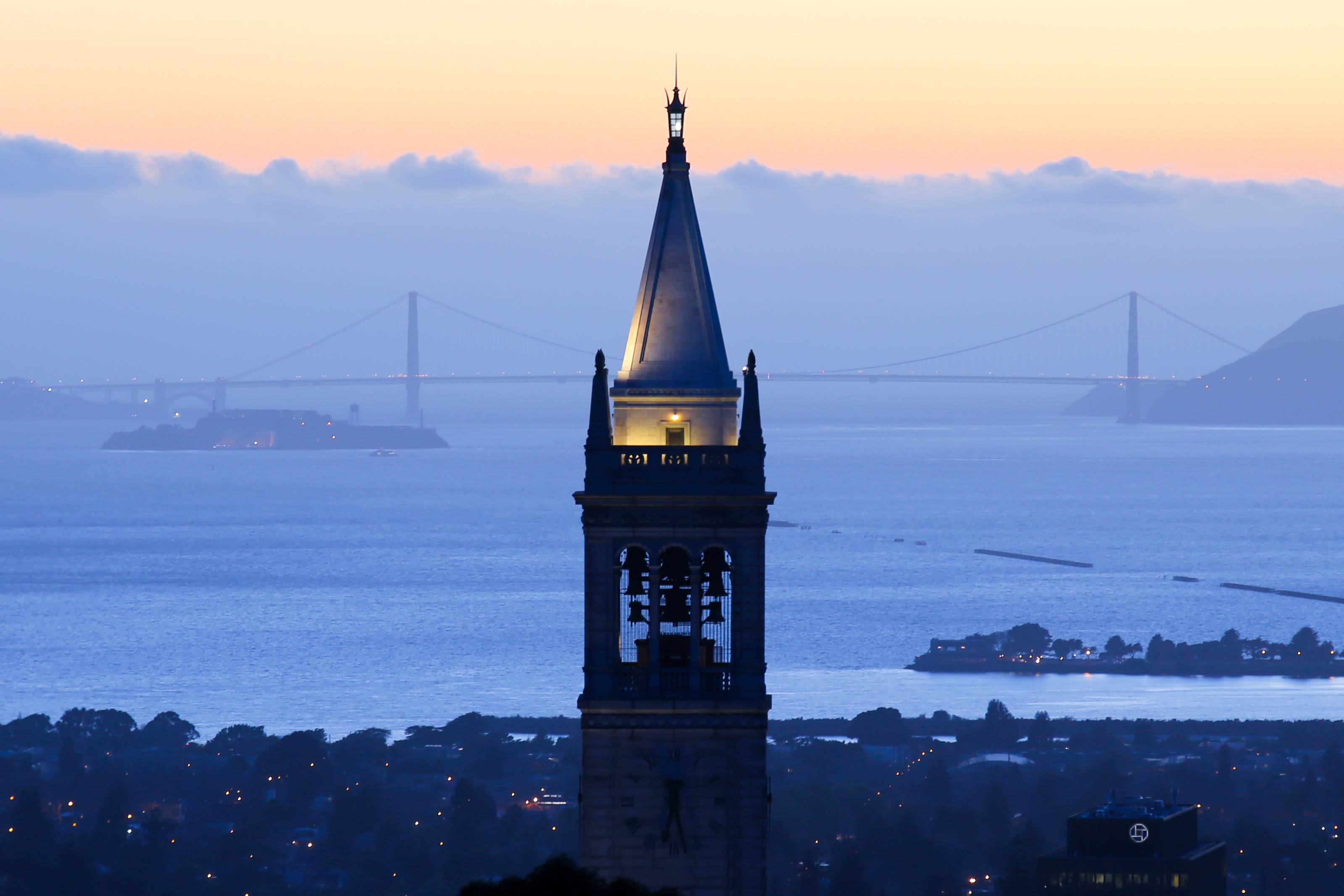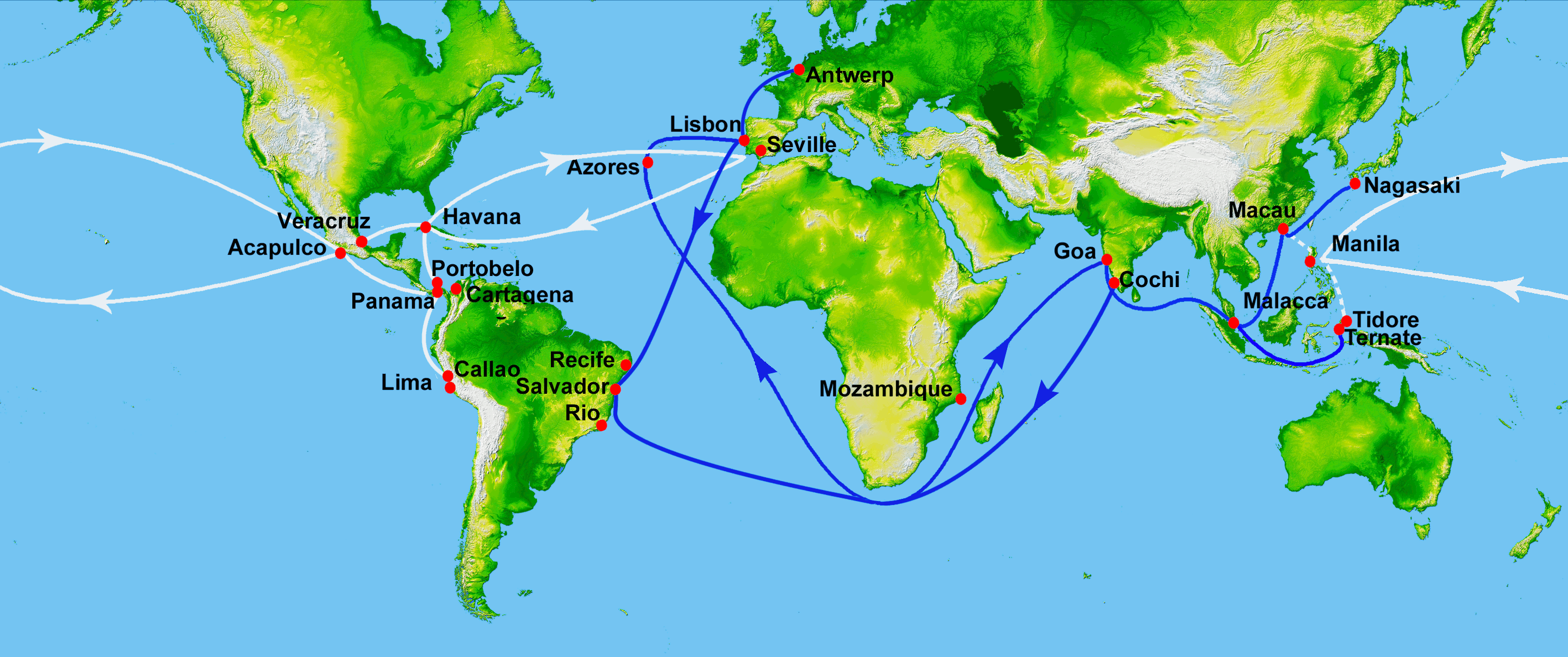|
Gemelli Careri
Giovanni Francesco Gemelli Careri (1651–1725) was an Italian adventurer and traveler. He was among the first Europeans to tour the world by securing passage on ships involved in the carrying trade; his travels, undertaken for pleasure rather than profit, took him through the Middle East, India, China and the New World within a span of five years. Some suspected him of spying for the Vatican (or rather for the Jesuits) on his journey. The reliability of his travel accounts were once doubted, but are now considered to be authentic due to the details observed in his writings. Biography Gemelli Careri was born in Taurianova, 1651, and died in Naples, 1725. He obtained a doctorate in law at the College of Jesuits in Naples. After completing his studies he briefly entered the judiciary. In 1685 he took time off to travel around Europe (France, Spain, Germany, and Hungary). In Hungary he was wounded during the siege of Buda. In 1687 he returned to Naples and re-entered the judiciary ... [...More Info...] [...Related Items...] OR: [Wikipedia] [Google] [Baidu] |
Carlos De Sigüenza Y Góngora
Carlos de Sigüenza y Góngora (August 14, 1645 – August 22, 1700) was one of the first great intellectuals born in the Americas - Spanish viceroyalty of New Spain (Mexico City). He was a Criollo people, criollo patriot, exalting New Spain over Old. A polymath and writer, he held many colonial government and academic positions. Sigüenza is considered the ''da Vinci mexicano'' ("Mexican Leonardo da Vinci, da Vinci") and among the most important intellectuals from Spanish colonization of the Americas, Colonial Spanish America— alongside Juan de Espinosa Medrano. Early life Sigüenza was born in Mexico City in 1645 to Don Carlos de Sigüenza y Benito, originally from Madrid, and to Doña Dionisia Suárez de Figueroa y Góngora, born in Seville, Spain, whom the elder Don Carlos met following his arrival New Spain in 1640. Sigüenza was the second oldest and first male of nine siblings. He was related to the famous baroque Spanish poet Luis de Góngora through his mother. He ... [...More Info...] [...Related Items...] OR: [Wikipedia] [Google] [Baidu] |
China
China, officially the People's Republic of China (PRC), is a country in East Asia. With population of China, a population exceeding 1.4 billion, it is the list of countries by population (United Nations), second-most populous country after India, representing 17.4% of the world population. China spans the equivalent of five time zones and Borders of China, borders fourteen countries by land across an area of nearly , making it the list of countries and dependencies by area, third-largest country by land area. The country is divided into 33 Province-level divisions of China, province-level divisions: 22 provinces of China, provinces, 5 autonomous regions of China, autonomous regions, 4 direct-administered municipalities of China, municipalities, and 2 semi-autonomous special administrative regions. Beijing is the country's capital, while Shanghai is List of cities in China by population, its most populous city by urban area and largest financial center. Considered one of six ... [...More Info...] [...Related Items...] OR: [Wikipedia] [Google] [Baidu] |
University Of California
The University of California (UC) is a public university, public Land-grant university, land-grant research university, research university system in the U.S. state of California. Headquartered in Oakland, California, Oakland, the system is composed of its ten campuses at University of California, Berkeley, Berkeley, University of California, Davis, Davis, University of California, Irvine, Irvine, University of California, Los Angeles, Los Angeles, University of California, Merced, Merced, University of California, Riverside, Riverside, University of California, San Diego, San Diego, University of California, San Francisco, San Francisco, University of California, Santa Barbara, Santa Barbara, and University of California, Santa Cruz, Santa Cruz, along with numerous research centers and academic centers abroad. The system is the state's land-grant university. In 1900, UC was one of the founders of the Association of American Universities and since the 1970s seven of its campuse ... [...More Info...] [...Related Items...] OR: [Wikipedia] [Google] [Baidu] |
Spanish Treasure Fleet
The Spanish treasure fleet, or West Indies Fleet (, also called silver fleet or plate fleet; from the meaning "silver"), was a convoy system of sea routes organized by the Spanish Empire from 1566 to 1790, which linked Spain with its Spanish Empire, territories in the Americas across the Atlantic. The convoys were general purpose cargo fleets used for transporting a wide variety of items, including agricultural goods, lumber, various metal resources such as silver and gold, Gemstone, gems, pearls, spices, sugar, tobacco, silk, and other exotic goods from the overseas territories of the Spanish Empire to the Peninsular Spain, Spanish mainland. Spanish goods such as oil, wine, textiles, books and tools were transported in the opposite direction. The West Indies fleet was the first permanent transatlantic trade route in history. Similarly, the related Manila galleons, Manila galleon trade was the first permanent trade route across the Pacific. The Spanish West and East Indies fleets ... [...More Info...] [...Related Items...] OR: [Wikipedia] [Google] [Baidu] |
Teotihuacan
Teotihuacan (; Spanish language, Spanish: ''Teotihuacán'', ; ) is an ancient Mesoamerican city located in a sub-valley of the Valley of Mexico, which is located in the State of Mexico, northeast of modern-day Mexico City. Teotihuacan is known today as the site of many of the most architecturally significant Mesoamerican pyramids built in the pre-Columbian Americas, namely the Pyramid of the Sun and the Pyramid of the Moon. Although close to Mexico City, Teotihuacan was not a Mexica (i.e. Aztec) city, and it predates the Aztec Empire by many centuries. At its zenith, perhaps in the first half of the first millennium (1 CE to 500 CE), Teotihuacan was the largest city in the Americas, with a population of at least 25,000, but has been estimated at 125,000 or more, making it at least the sixth-largest city in the world during its epoch. The city covered and 80 to 90 percent of the total population of the valley resided in Teotihuacan. Apart from the pyramids, Teotihu ... [...More Info...] [...Related Items...] OR: [Wikipedia] [Google] [Baidu] |
Acapulco
Acapulco de Juárez (), commonly called Acapulco ( , ; ), is a city and Port of Acapulco, major seaport in the Political divisions of Mexico, state of Guerrero on the Pacific Coast of Mexico, south of Mexico City. Located on a deep, semicircular bay, Acapulco has been a port since the early colonial period of Mexico's history. It is a Port#Port of call, port of call for shipping and cruise lines running between Panama and San Francisco, California, United States. The city of Acapulco is the largest in the state, far larger than the state capital Chilpancingo. Acapulco is also Mexico's largest beach and balneario resort city. Acapulco de Juárez, Guerrero is the municipal seat of the municipality of Acapulco (municipality), Acapulco, Guerrero. The city is one of Mexico's oldest beach resorts, coming into prominence in the 1940s through the 1960s as a getaway for Hollywood stars and millionaires. Acapulco was once a popular tourist resort, but due to a massive upsurge in gang v ... [...More Info...] [...Related Items...] OR: [Wikipedia] [Google] [Baidu] |
Mercury (element)
Mercury is a chemical element; it has Symbol (chemistry), symbol Hg and atomic number 80. It is commonly known as quicksilver. A Heavy metal element, heavy, silvery d-block element, mercury is the only metallic element that is known to be liquid at standard temperature and pressure; the only other element that is liquid under these conditions is the halogen bromine, though metals such as caesium, gallium, and rubidium melt just above room temperature. Mercury occurs in deposits throughout the world mostly as cinnabar (mercuric sulfide). The red pigment vermilion is obtained by Mill (grinding), grinding natural cinnabar or synthetic mercuric sulfide. Exposure to mercury and mercury-containing organic compounds is toxic to the nervous system, immune system and kidneys of humans and other animals; mercury poisoning can result from exposure to water-soluble forms of mercury (such as mercuric chloride or methylmercury) either directly or through mechanisms of biomagnification. Mercu ... [...More Info...] [...Related Items...] OR: [Wikipedia] [Google] [Baidu] |
Manila Galleon
The Manila galleon (; ) refers to the Spain, Spanish trading Sailing ship, ships that linked the Philippines in the Spanish East Indies to Mexico (New Spain), across the Pacific Ocean. The ships made one or two round-trip voyages per year between the ports of Manila and Acapulco from the late 16th to early 19th century. The term "Manila galleon" can also refer to the trade route itself between Manila and Acapulco that was operational from 1565 to 1815. The Manila galleon trade route was inaugurated in 1565 after the Augustinians, Augustinian friar and navigator Andrés de Urdaneta pioneered the ''tornaviaje'' or return route from the Philippines to Mexico. Urdaneta and Alonso de Arellano made the first successful round trips that year, by taking advantage of the Kuroshio Current. The galleons set sail from Cavite, in Manila Bay, at the end of June or the first week of July, sailing through the northern Pacific and reaching Acapulco in March to April of the next calendar year. T ... [...More Info...] [...Related Items...] OR: [Wikipedia] [Google] [Baidu] |
Philippines
The Philippines, officially the Republic of the Philippines, is an Archipelagic state, archipelagic country in Southeast Asia. Located in the western Pacific Ocean, it consists of List of islands of the Philippines, 7,641 islands, with a total area of roughly 300,000 square kilometers, which are broadly categorized in Island groups of the Philippines, three main geographical divisions from north to south: Luzon, Visayas, and Mindanao. With a population of over 110 million, it is the world's List of countries and dependencies by population, twelfth-most-populous country. The Philippines is bounded by the South China Sea to the west, the Philippine Sea to the east, and the Celebes Sea to the south. It shares maritime borders with Taiwan to the north, Japan to the northeast, Palau to the east and southeast, Indonesia to the south, Malaysia to the southwest, Vietnam to the west, and China to the northwest. It has Ethnic groups in the Philippines, diverse ethnicities and Culture o ... [...More Info...] [...Related Items...] OR: [Wikipedia] [Google] [Baidu] |
Macau
Macau or Macao is a special administrative regions of China, special administrative region of the People's Republic of China (PRC). With a population of about people and a land area of , it is the most List of countries and dependencies by population density, densely populated region in the world. Formerly a Portuguese Empire, Portuguese colony, the territory of Portuguese Macau was first leased to Portugal by the Ming dynasty as a trading post in 1557. Portugal paid an annual rent and administered the territory under Chinese sovereignty until 1887, when Portugal gained perpetual colonial rights with the signing of the Sino-Portuguese Treaty of Peking. The colony remained under Portuguese rule until the 1999 handover to China. Macau is a Special administrative regions of China, special administrative region of China, which maintains separate governing and economic systems from those of mainland China under the principle of "one country, two systems".. The unique blend of Port ... [...More Info...] [...Related Items...] OR: [Wikipedia] [Google] [Baidu] |
Great Wall
The Great Wall of China (, literally "ten thousand Li (unit), ''li'' long wall") is a series of fortifications in China. They were built across the historical northern borders of ancient Chinese states and Imperial China as protection against Eurasian nomads, various nomadic groups from the Eurasian Steppe. The first walls date to the 7th century BC; these were joined together in the Qin dynasty. Successive dynasties expanded the wall system; the best-known sections were built by the Ming dynasty (1368–1644). To aid in defense, the Great Wall utilized watchtowers, troop barracks, garrison stations, signaling capabilities through the means of smoke or fire, and its status as a transportation corridor. Other purposes of the Great Wall have included border controls (allowing control of immigration and emigration, and the imposition of duties on goods transported along the Silk Road), and the regulation of trade. The collective fortifications constituting the Great Wall stret ... [...More Info...] [...Related Items...] OR: [Wikipedia] [Google] [Baidu] |









